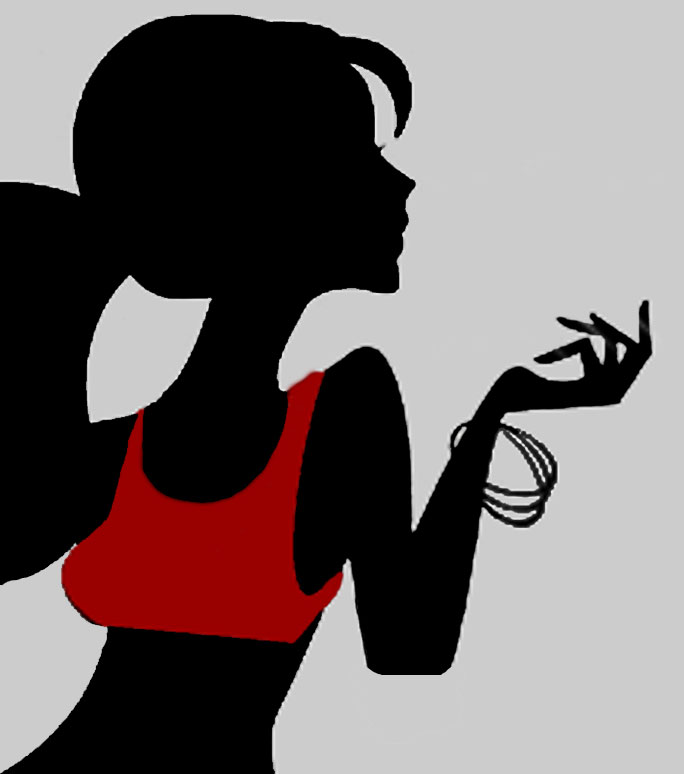Ali Cudby from Fab Foundations looks at the confusion caused by different fit methods and standards between brands and retailers.
When it comes to finding bra fit advice, it’s easy to see why so many women are still walking around in the wrong size. There are more fitting methods than broken New Year’s resolutions, and when retailers and brands send contradictory messages, it’s downright confusing.
Let’s break down the two main fit camps: the measuring for bra size and the holistic (no measuring) approaches. In the measuring method, a tape measure is used around a woman’s underbust and/or above her breasts to identify band size. Cup size is determined by measuring over the apex of the breasts, then doing a little maths. The promise of measurement is that this calculation will give you a bra size.
While this seems simple enough, problems abound. ‘Measuring tapes cannot possibly understand or accommodate the different needs of each woman. Body type, breast shape, even age – these all affect fit in ways no algorithm can adequately calculate,’ says Busts4Justice blogger Beckie Williams.
A quick look at fit standards for a few major stores shows a disparity of approaches. Many now advise that women should add zero to the underbust measurement when determining bra size, whereas Victoria’s Secret suggests finding band size by using the measurement above the breasts, and M&S suggests the ‘plus four’ approach. On top of all that, there are no fit standards from brand to brand and even within the same brand, fit may differ. Many women need to go up a cup size in plunge bras, for example, and even when a bra may be the right size, it may not be the right style – which ultimately means sub-par fit. Measurement is satisfying in theory, but not very accurate in practice.
The upside of holistic fitting is that it removes an arbitrary metric and looks at each individual bra on a unique body. It’s a more customised approach – and therein lies its drawback.
Holistic fit has gained in popularity in recent years thanks to better guides and media attention. I like to think my best-selling book, Busted! The Fab Foundations Guide to Bras That Fit, Flatter and Feel Fantastic has helped the cause, as well as online efforts to shine the light on issues with measuring, such as Busts4Justice’s ‘War on Plus Four’. In holistic fitting, the customer finds their ideal bra based on how it fits their body, rather than deriving it from measurement. Stores like Bravissimo and Rigby & Peller were early UK leaders in holistic fitting, and visual guides as tools for holistic fit are becoming the go-to approach on the websites of many upscale brands and boutiques.
The upside of holistic fitting is that it removes an arbitrary metric and looks at each individual bra on a unique body. It’s a more customised approach – and therein lies its drawback. Holistic fitting requires a high level of knowledge and training. It means that fitters have to understand how a bra should fit a body, and appreciate the differences in brands and styles before they can offer a customer a bra that fits. For retailers, creating and maintaining fit education on that level is difficult and expensive, especially as each season brings new styles that fit differently. Asking consumers to understand the intricacies of fit is far beyond what most women want to invest in buying a bra.
The holy grail of fitting methods will ultimately combine the best features of each approach – the customized approach of holistic with the step-by-step ease of measuring. Which is what you will find at Little Black Box – a customized fitting just for you!
